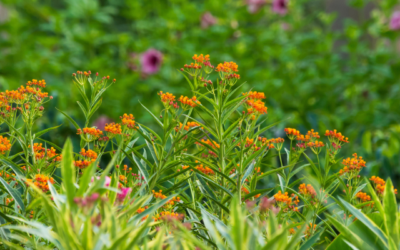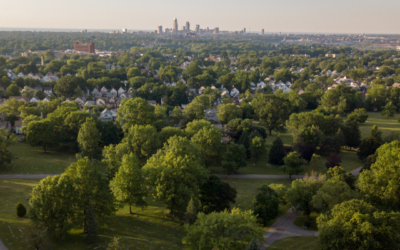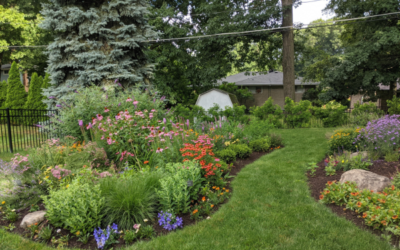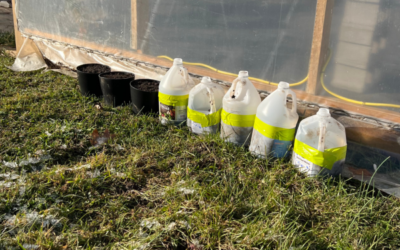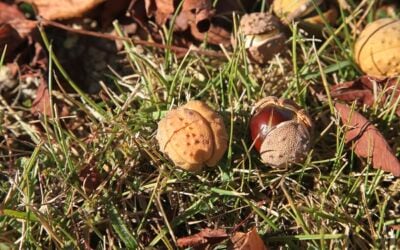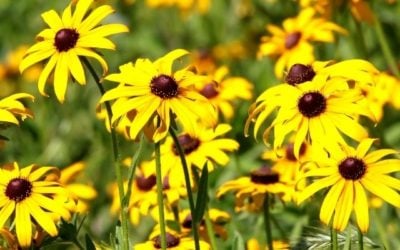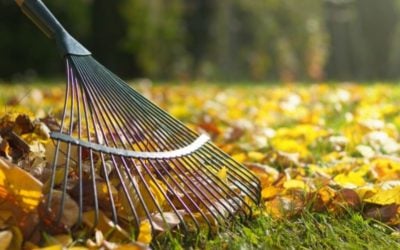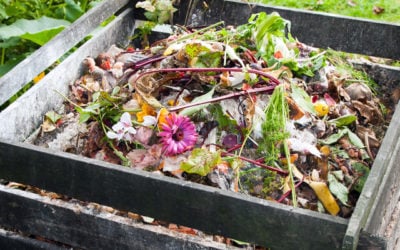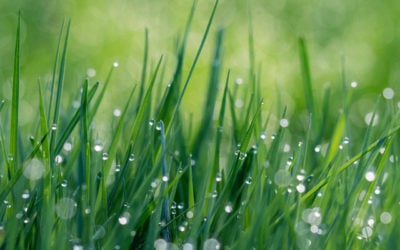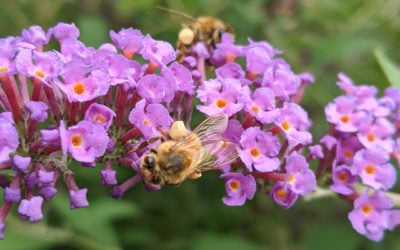How to Know When Native Seedlings are Ready to be Harvested

Collecting native seeds is vital in environmental restoration. Native plants have better odds of surviving and help bring back healthy soil and land, while also boosting local biodiversity.
West Creek Conservancy runs a Native Seed Collection Program through Stearns Native Nursery. The first step to contributing to the Native Seed Collection Program is to determine if seeds are ready to harvest. Check out our quick guide below:
Ohio Buckeyes
Harvest around September and early October after the buckeyes have fallen to the ground. Ohio Buckeye Harvesting Guide
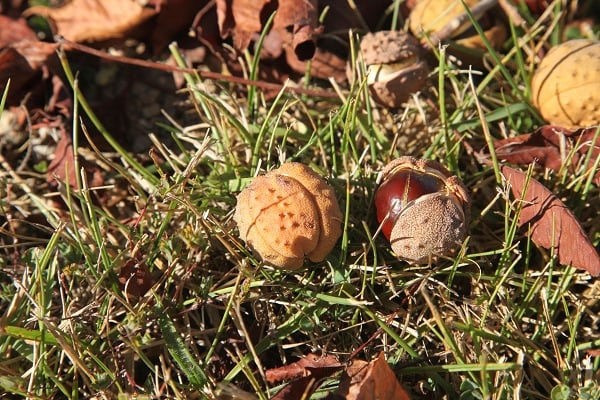
Pignut Hickory
Harvest around September and early October soon after the nuts fall to the ground and are brown. Pignut Hickory Harvesting Guide

Image Attribute: William (Ned) Friedman, CC BY-SA 4.0, via Wikimedia Commons
Shagbark Hickory
Harvest around September and early October when the nuts are greenish-brown. Shagbark Hickory Harvesting Guide

Image Attribute: Ar rouz, CC BY-SA 4.0, via Wikimedia Commons
Black Walnut
Walnuts are light green, bordering on tan, when ripe. Harvest around September and early October soon after the walnuts fall to the ground. Ripe ones can also be taken from the tree. Black Walnut Harvesting Guide

Image Attribute: Chris Light, CC BY-SA 4.0, via Wikimedia Commons
Bur Oak
To determine if an acorn is ripe, simply wiggle the cap. If the two separate easily, the acorn is ready!

Image Attribute: Cleveland Metroparks
Once you have determined that the seeds are ready to be harvested take a photo of the leaf and a small branch to confirm species identification, place the seeds in brown paper bags to prevent molding, and write the address and date of the harvest on the bag. Contact Kara Benninghofen to coordinate drop-off at our offices in Parma. She can be reached at (216) 749-3720 x11 or kara@westcreek.org.
Note: It is illegal to collect seeds in the Metroparks or National Parks. Please look for these species in your neighborhood parks, cemeteries, and backyards! Always get permission from the homeowner if the tree is not on your property.
More Articles for a Healthy Yard and Home
How To Fight Stream Pollution Through Effective Stormwater Management
In this guide, we’ll explore and address how pollutant loading in streams is crucial for the well-being of both watersheds and communities.
Roots of Sustainability: Understanding the Importance of Trees in Urban Living
A healthy urban tree canopy has a profound and positive impact on community quality of life in various ways. Recognizing the value of urban trees and investing in their preservation can contribute to sustainable, resilient, and vibrant urban living.
Shrink Your Lawn: A Guide to Growing More Native Plants
In this guide, we’ll explore the importance of reducing your lawn’s size and explain the many benefits it brings, both for your wallet and the environment.
Cold-Weather Cultivation: 8 Steps to Winter Sowing and Seed Stratification
It is important to determine when native seedlings are ready for harvest. Not sure how to? Check out our guide to harvesting native seedlings.
Harvesting Guide for Native Seedlings and Plants
Stearns Native Nursery is always in need of native trees and seedlings. To get your native plants to the Stearns Nursery, follow this harvesting guide.
How to Add Native Plants to Your Garden
Many of us have chosen to cultivate species and landscapes that are not naturally-occurring in our region. It’s wasteful, expensive and detrimental to wildlife who encounter reduced availability of the native species upon which they feed.
Wildlife-Friendly Fall Yard Cleanup
Before any landscape program begins, assess the current conditions of your home landscape. This assessment will help you to identify and prioritize future projects and allow you to appreciate all the positive changes you’ve made.
Composting 101
Before any landscape program begins, assess the current conditions of your home landscape. This assessment will help you to identify and prioritize future projects and allow you to appreciate all the positive changes you’ve made.
Turf Grass Care
Before any landscape program begins, assess the current conditions of your home landscape. This assessment will help you to identify and prioritize future projects and allow you to appreciate all the positive changes you’ve made.
What is a Pollinator Garden?
Before any landscape program begins, assess the current conditions of your home landscape. This assessment will help you to identify and prioritize future projects and allow you to appreciate all the positive changes you’ve made.

